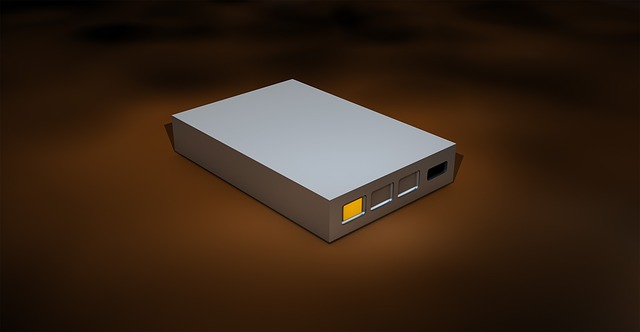
Hard disk drive or hard drive - this is one of the most important elements of a computer that is responsible for storing information. In this regard, it is important to provide it with protection against failure and damage. It has a rather complicated electro-mechanical structure, but to say you have been clearer that its structure consists of three main elements: a control chip, magnetic heads for reading data, and magnetic disks.
If one element fails, it affects the entire hard drive and your data will be lost for ever. Principle of the drive is in the magnetic disks, which are usually made from ceramic or aluminum and is applied to them. A thin ferromagnetic layer, using the magnetic head records information. Drives themselves are attached to high-speed spindle, which is in the process of rotation between the disk surface that creates a magnetic head and the air cushion.
This pillow does not allow contact with the disk head, preventing, thus, the surface of the attacks, which resulted in the integrity of coating, which in turn will lead to loss of data in bad sectors of hard disk drive. To avoid losing important information you should follow basic rules to protect the hard drive: Carefully watch the temperature stability of the hard disk. A significant increase or decrease in temperature can badly affect the efficiency drive.
The temperature fluctuations can change the shape of the hard disk platters. The normal operating temperature of the hard drive must be between fifty-five to sixty degrees celsius. In order to avoid the drive from overheat, it should be located away from things which actively produce heat like video card, optical drive etc and the possibility of having a large area of contact with the metallic components of the body, which will dissipate the heat.
I am an aspiring writer and blogger.